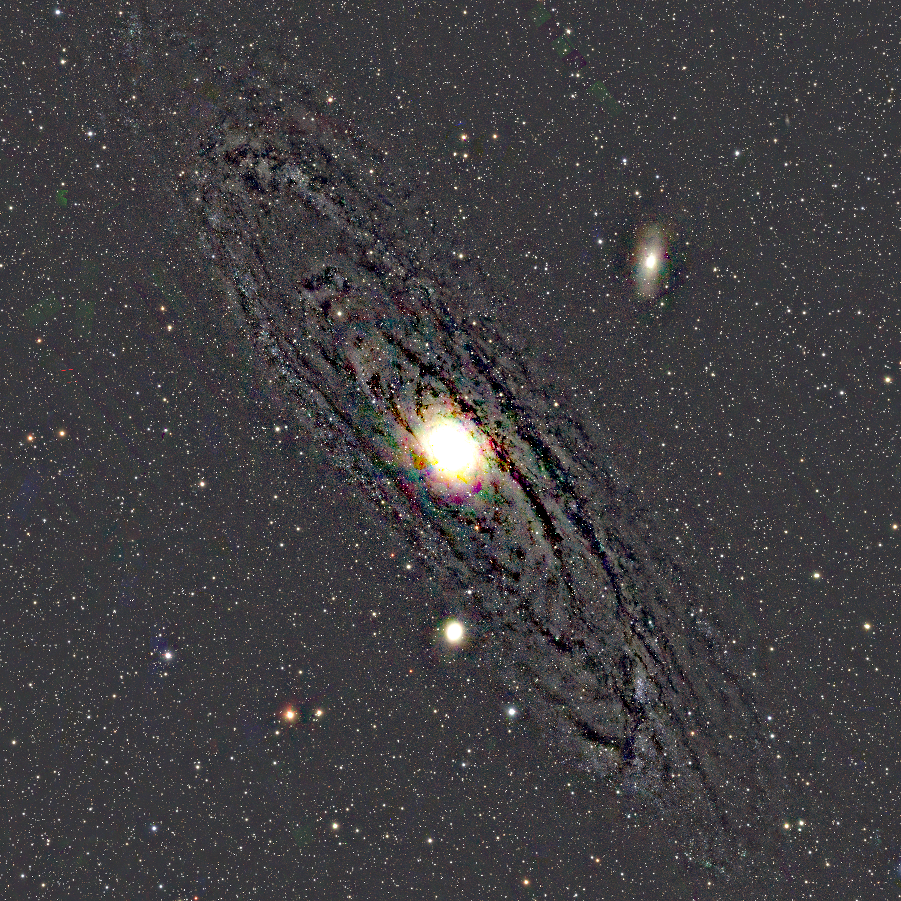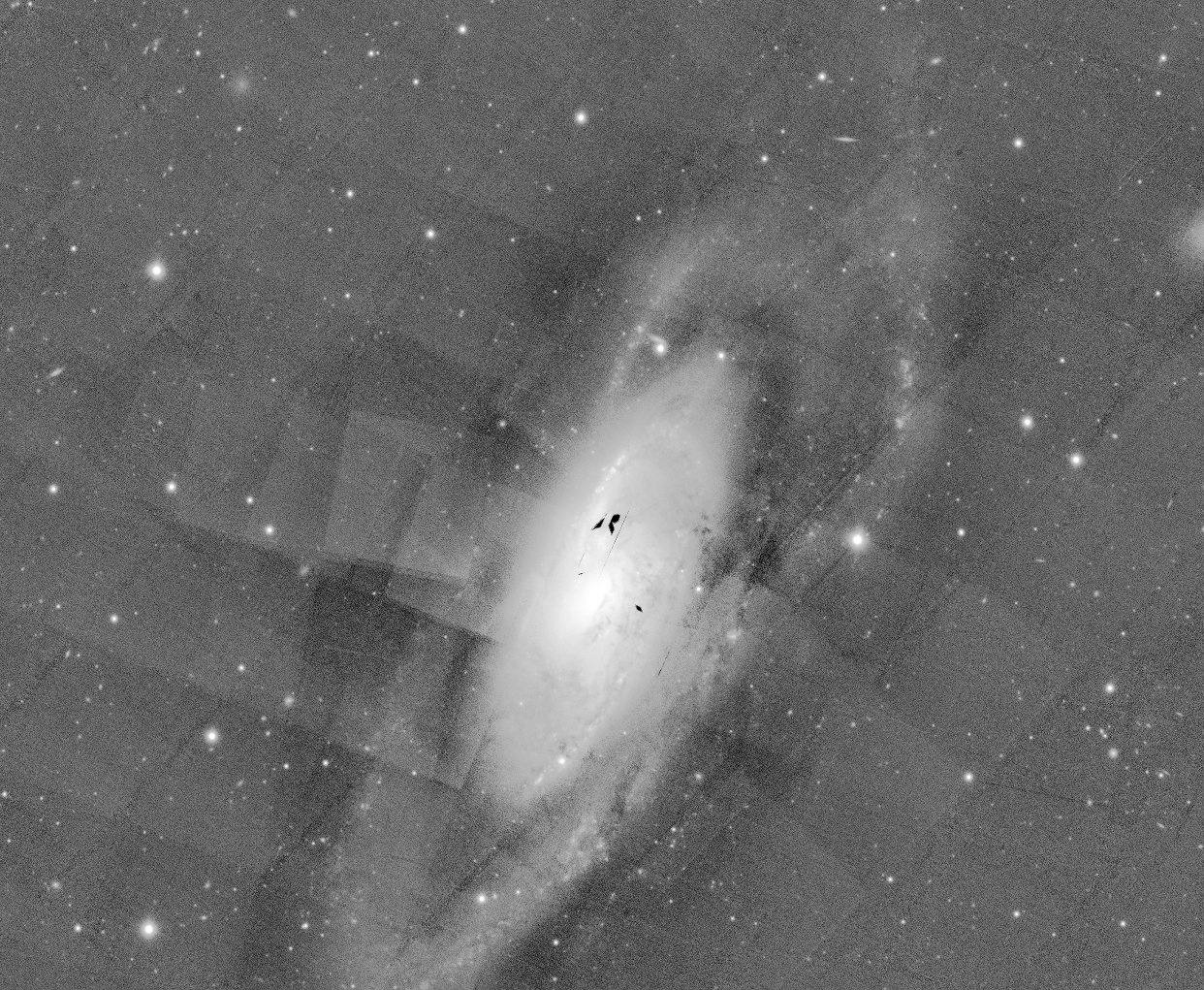Page History
...
How good is PS1 astrometry?
The positions of DR1 sources were originally determined from the astrometric calibration of PanSTARRS using sources in the 2MASS catalog. The systematic uncertainty in this calibration is not precisely known, but is likely to be close to 0.1".
However, the positions of the mean objects in the DR1 release catalog were recalibrated using Gaia DR1 positions as additional constrains in the astrometric solution. The Gaia measurements were given very high weight, as detailed in Magnier et al. (2016). A comparison of Gaia and PanSTARRS positions for the objects in common suggests a typical uncertainty of 5 mas (1-sigma, 2-d), with a slightly higher component in the direction of right ascension.
An independent test of sources with Gaia data that were not used in the recalibration suggests that the residual systematic uncertainties for recalibrated PanSTARRS positions is closer to 20 mas (1-sigma, 2-d) for sources with Gaia magnitudes between G=15 and G=18, increasing for fainter magnitudes to about 35 mas at the Gaia magnitude limit (G=21.7). Errors are larger towards brighter magnitudes as well, possibly because saturation and proper motion effects become significant in the PanSTARRS measurements. It is likely that systematic uncertainties of 20 mas (1-sigma, 2-d) apply to all mean objects in PanSTARRS DR1, with possibly larger uncertainties in regions with a scarcity of sources in common between Gaia and PanSTARRS. In addition, each mean source has a statistical measurement uncertainty reported in the following fields in the ObjectThin table:
| raMeanErr | arcsec | REAL | 4 | -999 | Right ascension standard deviation from single epoch detections. |
| decMeanErr | arcsec | REAL | 4 | -999 | Declination standard deviation from single epoch detections. |
Note that the stack object astrometry has not been recalibrated with Gaia constraints, and therefore is likely to include the larger systematic uncertainty from the 2MASS calibration.
As an additional caveat, stars with high proper motion (> 1"/yr) are likely to be split into multiple mean objects; proper astrometric solutions for such sources require use of individual detections (which will be available in DR2) and epoch-aware co-processing. Similarly, objects with high proper motion might appear elongated in stacked data and may not be properly identified as point sources.
TBD: produce plot of stack vs mean positions for a small area, and quantify 2MASS residuals better. Produce useful plots of residuals. Include USNO plot after asking permission. Credit USNO-led comparison explicitly if appropriate.
PS1 photometry
What filters did PS1 use?
...
The answer is it depends on band and FWHM. A very conservative estimate for the bright limit is as follows:
| g | r | i | z | y |
|---|---|---|---|---|
| 14.5 | 15 | 15 | 14 | 13 |
You may find individual fields where you can do up to a magnitude brighter than this.
...
(1) oversubtraction of the sky background - this affects most Messier galaxies and some (most?) of the larger NGC objects. As the background is subtracted independently from each filter, this can induce colour changes across the galaxy. In principle the polynomial used to store the background is stored and can be de-applied. However, as the subtraction is done at the warp stage, if you want stacked data the stacking procedure would have to be re-run. This facility is not available in DR1.
Messier 31 from the 3pi stacks showing an extreme example of the over-subtraction of the background. |
|---|
(2) issues with the row-by-row bias and continuity corrections - these are applied and therefore seen on individual ccd scales (~600 pixels). As this is done at the detrending stage this is currently very difficult to correct. There is an aspiration to re-analyse all bright galaxies but this has not yet been done.
Messier 106 - this is an extreme stretch of the r-band stack showing problems on the scale of individual ccds. |
|---|
Why is my photometry from images so different from the catalog photometry?
...


